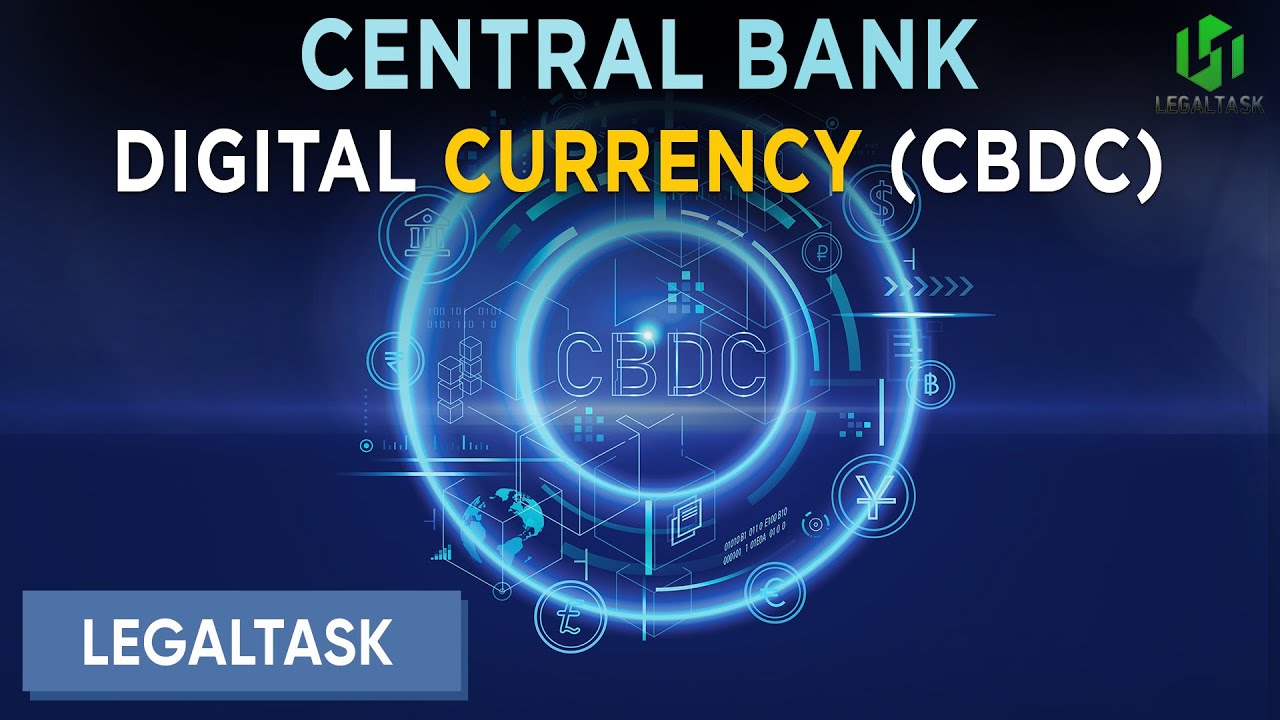Central Bank Digital Currencies: The Coming Earthquake in Forex Markets
Summary
Let’s be honest, the world of foreign exchange can feel like a relic sometimes. It’s a complex, often opaque network of banks, settlement systems, and intermediaries. Money moves, but not always quickly or cheaply. Well, a new player is entering […]

Let’s be honest, the world of foreign exchange can feel like a relic sometimes. It’s a complex, often opaque network of banks, settlement systems, and intermediaries. Money moves, but not always quickly or cheaply. Well, a new player is entering the arena, and it’s not just another fintech startup. It’s the money itself.
We’re talking about Central Bank Digital Currencies, or CBDCs. Think of them as digital cash, but with the full faith and credit of a central bank behind them—a direct liability, unlike the commercial bank money in your checking account. This isn’t just a tech upgrade; it’s a fundamental shift that’s poised to send ripples—no, waves—through the $7.5 trillion-a-day forex market.
What Exactly Is a CBDC, Anyway?
Before we dive into the forex impact, let’s get our bearings. A CBDC is a digital form of a country’s fiat currency. It’s not cryptocurrency like Bitcoin, which is decentralized and volatile. A digital dollar is still a dollar. A digital euro is still a euro. The key difference is that it lives on a digital ledger, potentially managed or sanctioned by the central bank.
This creates something unprecedented: a direct pipeline from the central bank to you, the user. It cuts out a lot of the middlemen. And that, right there, is where the real disruption begins.
The Forex Facelift: How CBDCs Could Reshape Currency Trading
The forex market runs on speed, cost, and information. CBDCs have the potential to touch all three. Here’s the deal.
1. The Speed Revolution: Near-Instant Settlement
Currently, cross-border payments are a slog. They can take days, bouncing between correspondent banks, each taking a fee and introducing settlement risk (the risk that one party pays and the other doesn’t). It’s like sending a letter through five different post offices.
CBDCs could change this entirely. Imagine a “digital dollar / digital yuan” pair settling in minutes, or even seconds, on a shared platform. This concept, known as atomic settlement, means the payment for one currency and the delivery of the other happen simultaneously. The risk plummets. The speed skyrockets. For traders, this is a game-changer, freeing up capital and reducing operational headaches.
2. A Squeeze on the Middlemen
All those intermediary banks that facilitate forex transactions? Their role could shrink dramatically. If a UK company can pay a Japanese supplier directly using a digital pound for a digital yen, the need for a complex chain of correspondent banks diminishes.
This could lead to lower transaction costs for everyone. But honestly, it also poses a massive challenge to the traditional revenue models of many financial institutions. They’ll need to adapt or be left behind.
3. The Transparency Dilemma
Here’s a double-edged sword. The digital nature of CBDCs means central banks could, in theory, have unprecedented visibility into currency flows. They could see real-time data on capital moving in and out of the country.
For policymakers, this is a dream. They could identify and respond to speculative attacks or capital flight almost instantly. But for the market? This level of transparency could deter some forms of trading and shift power dynamics significantly towards the central banks.
The New World Order: Programmable Money and Forex
This is where it gets really interesting. CBDCs can be programmable. This means rules can be baked directly into the currency itself.
Think about that for a second. A country could issue a “tourist digital yuan” that expires after two weeks and can’t be converted back to other currencies. Or, more impactful for forex, capital controls could be enforced with code. A central bank could program a digital currency to be unusable for certain cross-border transactions without explicit permission.
This gives governments a powerful new tool to manage their currencies, potentially reducing volatility but also limiting the free flow of capital that defines modern forex markets.
Potential Winners and Losers in a CBDC Forex Landscape
Not everyone will be affected equally. The shift will create new hierarchies.
| Potential Winners | Potential Losers |
| **Corporations & Institutions:** Lower FX costs and faster settlement for international business. | Traditional Correspondent Banks:** Facing disintermediation and lost fee revenue. |
| **Retail Forex Traders:** Possibly lower spreads and faster execution times. | Informal Remittance Channels:** If CBDC cross-border payments are cheap and easy, they lose their edge. |
| **Central Banks:** Greater control over monetary policy and capital flows. | Privacy-Conscious Users:** The potential for unprecedented transaction tracking. |
The Road Ahead: A Fragmented or Unified System?
The biggest question mark is interoperability. Will different countries’ CBDCs be able to talk to each other? Or will we end up with a bunch of walled gardens?
Projects like the mBridge initiative, involving China, Thailand, the UAE, and Hong Kong, are testing multi-CBDC platforms for cross-border payments. This is a glimpse of the future. If major economies develop compatible systems, the efficiency gains for forex could be enormous.
But if they don’t… well, we could see new digital silos and fragmentation. The geopolitical implications are huge. The dominance of the US dollar in forex could be challenged if a widely adopted digital yuan ecosystem emerges.
It’s a race, and the finish line is a completely new financial architecture.
A Final Thought: The Quiet Revolution
The impact of central bank digital currencies on forex won’t be a single, loud event. It will be a quiet revolution, unfolding over years. It will start with faster settlements and slightly lower costs. It will evolve into new forms of monetary control and geopolitical maneuvering.
The very plumbing of the global financial system is being rewired. For anyone involved in trading, investing, or moving money across borders, ignoring this shift is no longer an option. The ground is already beginning to move.
